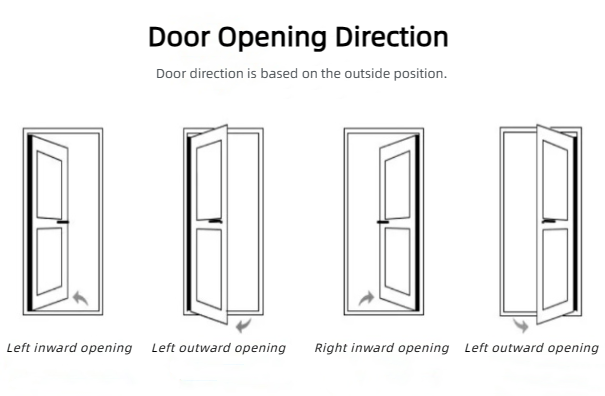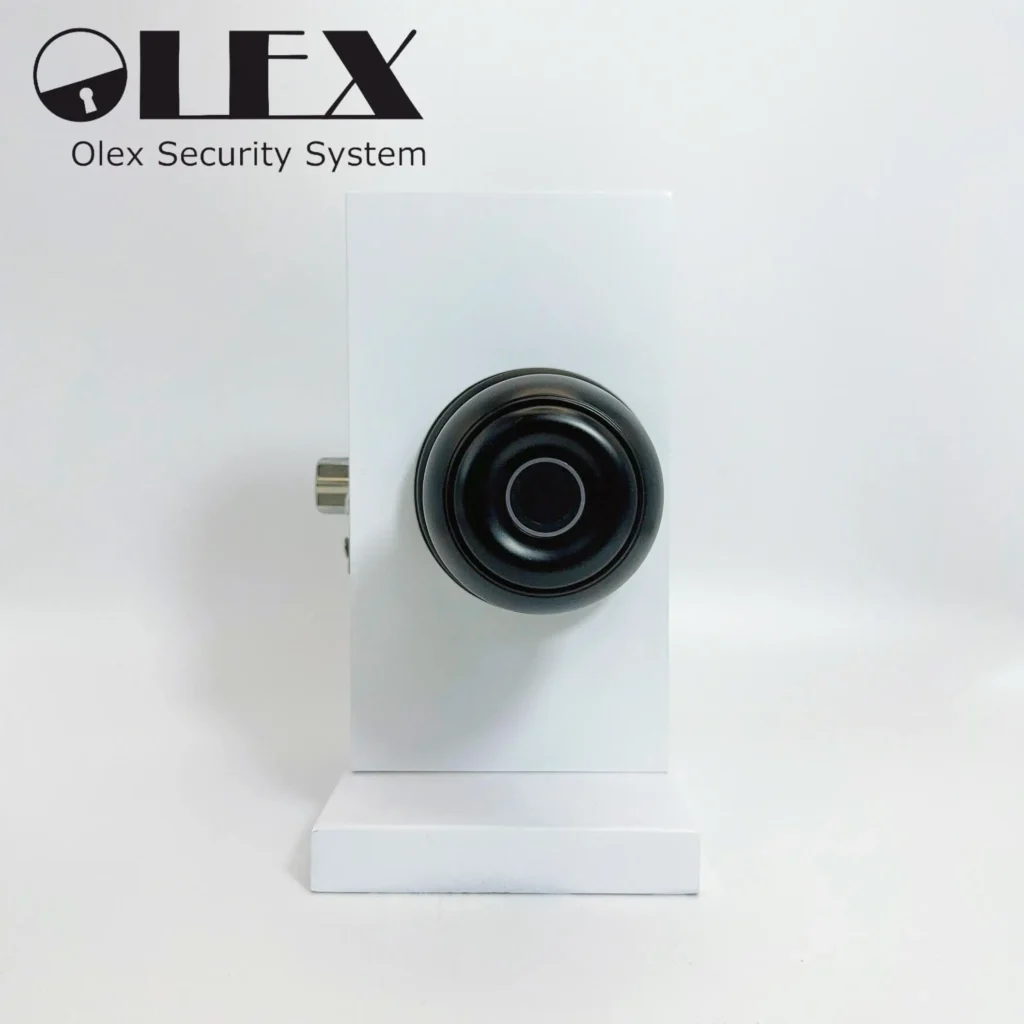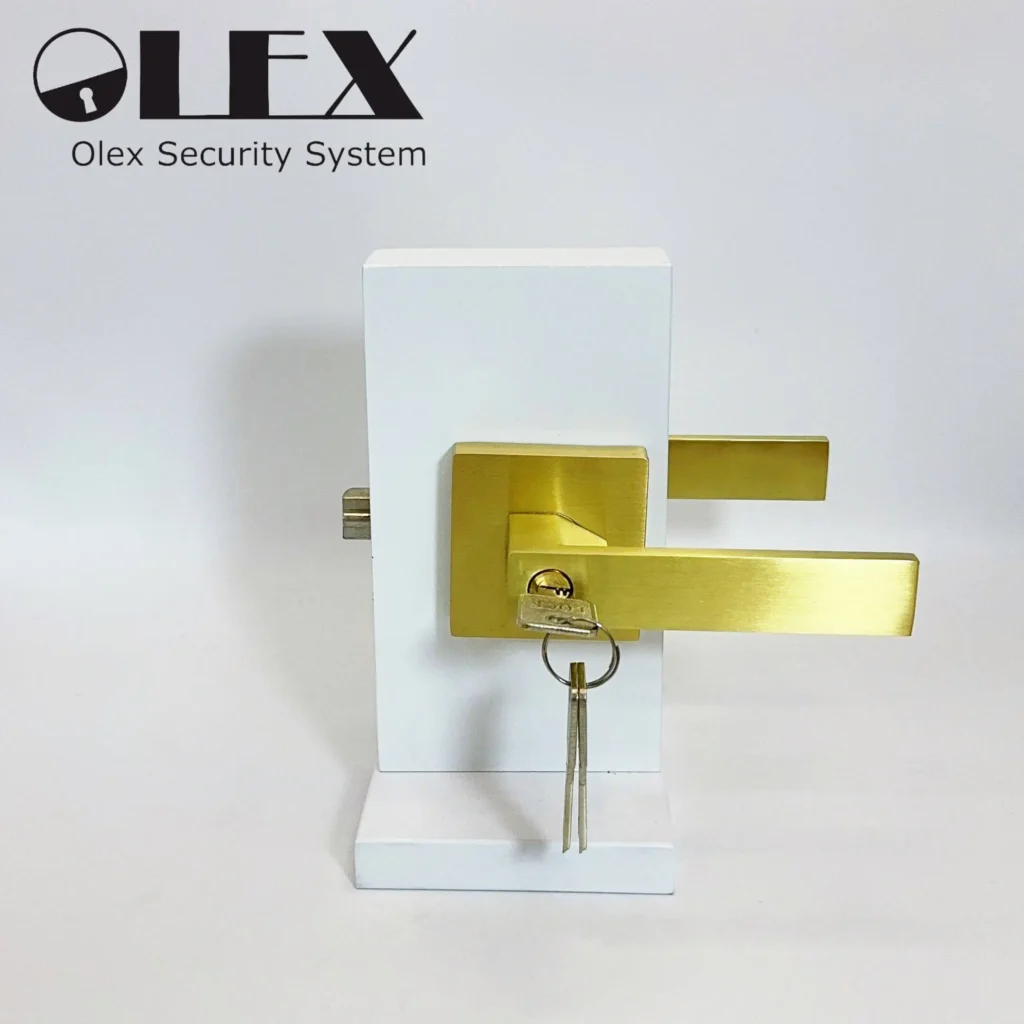Smart Lock Mastery: Choose Wisely, Unlock Securely!
As a freelancer and longtime user of Olex smart locks, the sense of security they provide while spending most of my time alone at home is invaluable. However, my journey in selecting the right smart lock hasn’t been without its challenges. Despite the convenience of leaving home without keys, I’ve encountered issues such as unreliable fingerprint recognition, fast battery drainage, and facial recognition failures.
Through each trial and error with smart locks, I’ve gained valuable insights and compiled a comprehensive guide to avoid common pitfalls. If you’re still grappling with the smart lock provided by your home developer, it’s time to consider my purchasing strategy and upgrade to a reliable smart lock.
Simple Guide for Choosing a Smart Lock
Some friends find it overwhelming to choose a household smart lock even after reading many guides, often finding the technical details confusing and not knowing where to start. If you’re pressed for time and don’t want to read lengthy articles, here’s a simplified guide to give you a general idea of how to select a smart lock. For detailed information, please refer to the third part of the article.
1. Confirm if Installation is Possible
Before purchasing a smart lock, you need to confirm if it can be installed on your door. Key points to check include:
① Identify if Your Door is Special
Most doors are standard, but some are custom or non-standard, like Hengda doors, Panpan doors, integrated doors, cast aluminum doors, high-end redwood doors, antique doors, or doors with concealed lock bodies. These special doors have uncommon sizes and may require specific guiding plates for installation. It’s recommended not to buy online but to find a local professional store, as installation can be complex and the installer sent by the platform might be inexperienced.
Also, if your home has previously installed Korean brand locks such as Samsung or Gateman, or other special locks, you need to consider if the new lock can cover the original lock hole.

② Determine the Door Opening Direction
Most modern smart locks have adjustable handles and lock bodies, so the door opening direction is less of an issue. However, to be safe, you can inform the customer service about your door’s opening direction.

③ Check for Door Hooks
Feel the top edge of your door for lock holes or see if there are latches when the lock is extended. If your door has top and bottom hooks, confirm with customer service if the smart lock supports these hooks or have the installer remove them. Top and bottom hooks are not independently secure and can be a safety hazard in emergencies, and have been prohibited since 2009 by fire safety regulations.
④ Identify the Door Material
Common materials like wood, copper, and stainless steel doors support smart lock installation, but iron or glass doors may not. Confirm with customer service before purchasing as not all brands offer models for glass doors.
For villa outdoor gates, you may need to install one “real lock” and one “fake lock” to ensure both security and aesthetic appeal. A “fake lock” is a matching lock with the lock cylinder and latch removed, leaving only the exterior shell.
⑤ Measure Door Thickness
The door must be thick enough to fit the lock body. Most doors come in three thickness ranges: 35mm-60mm, 60mm-90mm, and 90mm-120mm. If your door’s thickness is outside these ranges, it might not accommodate a smart lock, and additional components might be needed for proper installation.


⑥ Identify the Type of Guiding Plate
The guiding plate is a critical part that matches the lock body’s screw holes and latch holes. Guiding plates generally come in four types: double-hole right-angle, single-hole right-angle, double-hole round-angle, and single-hole round-angle. Provide the customer service with the type of guiding plate to ensure a suitable lock model.
Measure the length and width of the guiding plate and the door thickness to ensure a secure installation.
If you’re unsure, you can consult the brand’s customer service to confirm your door’s compatibility. Also, clarify any additional installation fees, such as for upgrading to a more complex lock body or cloud storage fees.
2. Clarify Your Functional Needs
Smart locks come with various features like basic functions (fingerprint, password, card), facial recognition, finger vein recognition, palm vein recognition, with or without cat-eye monitoring, or with display screens. Choose according to your unlocking preferences and daily habits because the best product is the one that suits your needs.

- Young Couples/Roommates: Young people often prefer convenience, fashion, and cost-effectiveness, needing quick and simple unlocking methods, possibly with cat-eye monitoring. Quick fingerprint recognition and multiple unlocking methods are recommended.
- Singles Living Alone: Apart from convenience, they value home security. Choose a lock that suits your habits, focusing on cat-eye and security features like emergency duress alarm.
- Families with Elderly or Children: Elderly people may have worn fingerprints, and children may not have fully developed fingerprints. They need user-friendly unlocking methods and enhanced security features. Palm vein recognition and 3D facial recognition with indoor screens and dual cat-eye functions are recommended.
- Homes with Frequent Visitors: Provide different unlocking permissions for various visitors. A lock with hierarchical permission management is ideal. For example, you can input a regular unlocking method for a live-in nanny and delete it via mobile app after their term ends, or provide temporary passwords for visitors or unlock remotely.
- Pet Owners: Pets might learn to mimic opening the door by pressing down the handle. Fully automatic smart locks are recommended, as semi-automatic ones come with door handles.
- Renters: Choose an easy-to-install, affordable smart lock, preferably one that doesn’t require changing the lock body to avoid complications from replacement.
Clarify your budget
Below 200 dollar: Mostly from small factories or non-branded products. While they may seem comparable in functionality to higher-priced options, they often lack any after-sales support. If you must purchase a smart lock around 200 dollar, consider the basic models from reputable brands.
200-500 dollar: This is the price range with the highest sales volume for smart locks and also where major brands fiercely compete. Consider options with visual cat-eye monitoring.
500 dollar and above: Smart locks in this price range have invested in design, technology, and structure. They are essentially the flagship models of various brands, offering all-around features.
Buying advice: If your budget is limited, it’s advisable to choose a model priced above 200dollar. If your budget allows, prioritize smart locks priced above 500 dollar.
II. The Difference Between 200 dollar and 500 dollar Smart Locks
When it comes to budget, the price of smart locks often confuses many. From appearance and functionality, it’s not easy to discern significant differences between several hundred yuan smart locks and several thousand yuan ones. So, how do you choose? Can a smart lock priced at around 300 yuan on a certain platform be reliable? Let’s delve into the differences between them to clear up these questions.
- Different Materials
If you place a sub-200 dollar generic smart lock next to a 500 dollar branded one, you can generally distinguish which lock is more expensive based on appearance alone. The pricier locks do not cut corners on materials and workmanship. For instance, what might be advertised as aluminum alloy material could vary significantly between locks.
Smart locks priced at several thousand yuan undergo strict requirements in terms of raw material selection, production processes, and factory testing before being released to the market. These are things that several hundred yuan generic smart locks often can’t achieve. Particularly, new brands competing at low prices may lag behind in production and testing equipment compared to industry-leading brands. Additionally, differences in hardware costs and suppliers lead to significant price gaps between smart locks with similar functionality but from different brands.
- Different Structures
Smart locks have complex structures, being a combination of mechanical locks and electronics. They develop from traditional mechanical locks, maintaining basic consistency in mechanical parts like lock cores, lock bodies, and mechanical keys. Moreover, smart locks integrate multiple technologies such as the Internet of Things, biometrics, and electronics, involving a long industrial chain.
For a novice in home decoration, it’s challenging to discern the structural differences between smart locks at different price points. Currently, in the smart lock market, each module has a mature supply system, which means any merchant can easily use a standard module and create a brand, even brands not typically associated with smart locks are beginning to sell them.
While standard modules can be used, integrating various new technologies and making them compatible requires a brand to invest heavily in long-term research and technology accumulation. This includes extensive manpower, material resources, and financial resources. These are aspects that smart lock brands using standard modules can’t control. Moreover, each technology requires a trial-and-error period; for example, just facial recognition alone has three mainstream recognition solutions: 3D structured light, infrared, and binocular recognition, leading to differences in prices for smart locks with the same functionality but different brands.
- Differences in After-sales Service and Installation
The easiest pitfall with smart locks is often in after-sales service and installation, with 90% of after-sales issues stemming from improper installation. Regardless of how reputable or high-selling a smart lock is, it can be considered a “semi-finished product” – the product itself accounts for half, while installation and after-sales account for the other half. After purchasing a smart lock, prompt on-site installation service from the merchant is necessary, and technical support from the merchant is also required for later upgrades and maintenance. The difference between a 500 dollar smart lock and a sub-200 dollar one is not just in price but also in after-sales service and installation.
500 dolllar smart locks typically come from brands with multiple physical stores nationwide and offer nationwide warranties. They not only have a 24-hour service hotline but also guarantee a response or solution within 72 hours after a product issue arises. Some companies even purchase insurance for each user. On the other hand, for some sub-200 dollar generic smart locks, once a problem arises, the merchant may make various excuses to avoid responsibility.
- Conclusion
In summary, as a safety barrier guarding family and property, the quality and stability of locks should not be underestimated. Aside from marketing expenses and brand premiums generated by celebrity endorsements, the high price of 500 dollar smart locks ensures corresponding product value for users. Smart locks that can sell for thousands of yuan are mostly from brands that have deeply cultivated the smart lock industry for many years, providing assurance in terms of quality and safety.
It’s not recommended to purchase smart locks priced below 200 dollar. Although they seem cheap, after some time, various issues may arise. Not only is the quality not guaranteed, but after-sales support may also be lacking. After all, the profit margin for few hundred dollar locks is very low, and manufacturers are not in the business of charity.
If smart locks are categorized by price range, they can be divided into entry-level (around 200-300 dollar), mid-range (around 300-500 dollar), and high-end (above 500 dollar). Currently, the most chosen price range is concentrated between 300 and 500 dollar, which is also the price range I recommend for purchasing.


